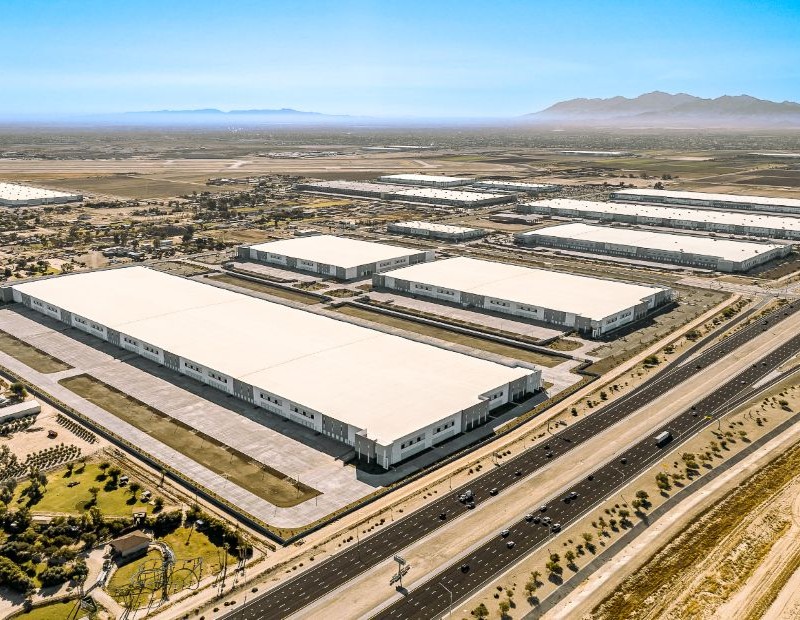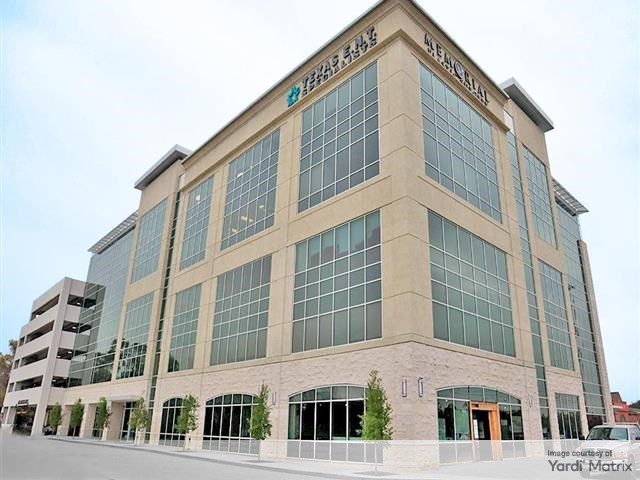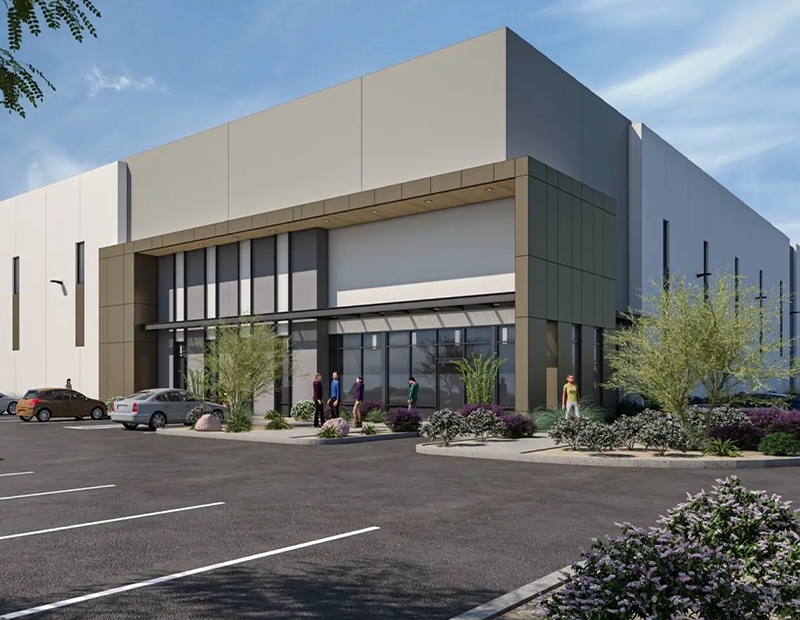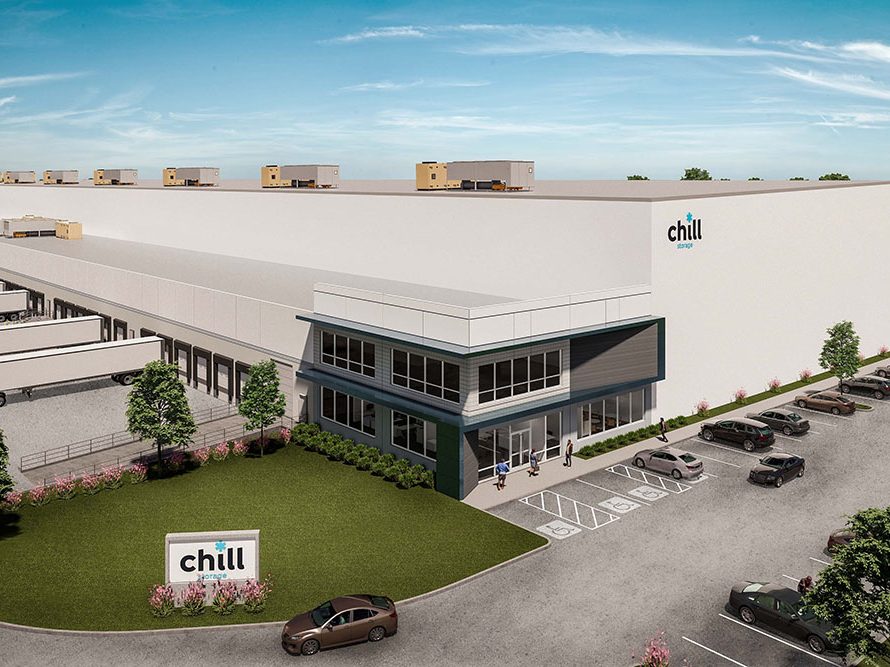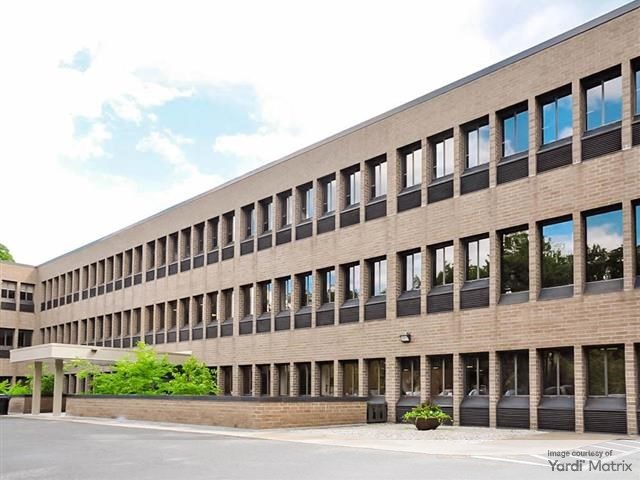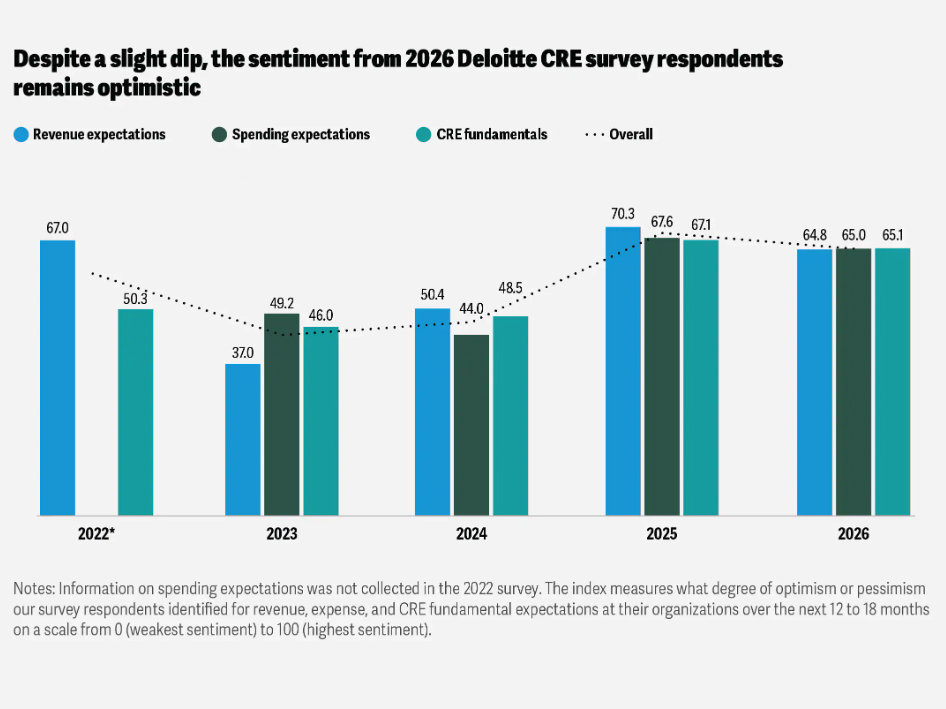Economy Watch: As Percentage of GDP, Real Estate at Historic Lows
Both commercial and residential real estate continue to represent a smaller part of the GDP in the post-recession 2010s than during most previous decades.
By Dees Stribling, Contributing Editor
The Census Bureau reported on Monday that U.S. construction spending increased 0.4 percent in December compared with November, and was up 2.2 percent compared with December 2013. Even better, the value of U.S. construction during all of 2014 was $961.4 billion, or 5.6 percent more than during 2013. Spending on both private and public projects was up for the month and year, though some sectors (as usual) saw healthier spending than others. For instance, construction spending for offices and hotels is increasing, but with falling energy prices, spending on oil and gas installations is down—representing something of a drag on overall construction spending.
Also on Monday, the Bureau of Economic Analysis released underlying data that breaks down the latest on various kinds of real estate as a percentage of overall GDP (construction spending is part of that). Both commercial and residential real estate continue to represent a smaller part of the GDP in the post-recession 2010s than during most previous decades. For instance, during the 1960s to the (early) 2000s, the development and sale of single-family houses tended to represent 1.5 percent to 2.5 percent of the entire gross domestic product. There were spikes in the 1970s and mid-2000s – the latter being the housing bubble – but only recently did the industry increase to more than 1 percent of GDP.
The multi-family industry has never been a larger share of GDP than single-family housing, and despite the surge in apartment development since the end of the recession, it too is lagging historic norms, which are between 0.5 percent and 1 percent. As the Baby Boomers formed their households in the 1970s, multi-family development spiked to nearly 1.5 percent, but with easy mortgage money and public policy that wanted to push homeownership rates up toward 70 percent (trends that started in the 1990s), multi-family as represented less than 0.5 percent of GDP, getting below 0.25 percent during the recession; now it’s back to 0.25 percent.
As for office, retail, and hotels, all of them are historically low in terms of GDP. Office development has swung widely, peaking in the 1980s (of course) at 0.9 percent of GDP, but more typically since it’s been between 0.3 percent and 0.4 percent. Recently it recovered to above 0.2 percent. Retail had long been around 0.2 percent of GDP, but now it’s about 0.1 percent. Hotels are closer to their historic norms these days than the other two property types, coming in at about 0.1 percent, but that’s still a little low (except during the hotel bust in the 1970s)

